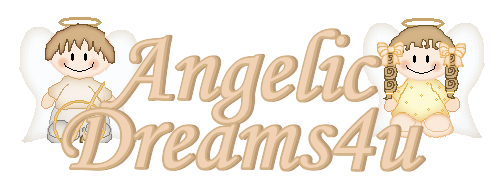The symbols of the 12 apostles are found in our church along the edges of the vaulted ceiling in the narthex. The location of each is given as though entering the narthex from the door leading to the parking lot. The brief statement describing each symbol was written by Mr. Robert Molkenbur.
The emblem for Matthew, the former tax collector, shows three purses recalling his former manner of livelihood. The battle ax by which he was killed is also represented.
Peter's emblem shows two crossed keys, symbolizing the confession of faith upon which the Church is founded: “You are the true Christ, the Son of the living God.” (Matthew 16:16). Whoever possess this same faith that Peter voiced so clearly and firmly has the keys to enter into the Kingdom of God. The inverted cross symbolizes how, at his crucifixion, Peter requested that his head might be where his Master’s feet were nailed to the cross.
Andrew brought his brother Peter to Jesus. The fish reveal that he transformed his occupation as fisherman to the larger calling as fisher of men. The cross saltire, now familiarly known as St. Andrew's Cross, is traditionally the form of the cross upon which he was crucified after preaching the gospel in Greece.
James the Less was a brother of Jesus. While one does not hear much about him because of his retiring nature, it is known that he preached around Jerusalem, until he was stoned and his body was sawn asunder, hence the stones and saw upon his emblem.
The basket in Philip’s emblem refers to the feeding of the multitude about which he was much concerned. The Tau cross and the spear indicate the manner in which he surrendered his life for Him Who is the Bread of Life.
The emblem of Thomas includes a carpenter’s square. Tradition recounts how he erected a church in India while carrying on his ministry there. The rocks, arrows, and spear which are also shown tell the story of a painful but brave death.
The Bible and a flaying knife are signs for Bartholomew. He had firm faith in the Word of God, which he preached freely. He met his martyrdom by being flayed alive.
James the Greater walked much in his preaching and teaching. The stalt, evident on his emblem, was used in his pilgrimages. The scallop shell that may be seen was a simple dish with many uses. King Herod had James put to death with a sword, which appears as crossing the staff. James was so active and so courageous that even at his death, his accuser became a Christian.
Simon the Zealot was the inspiring companion of Jude. Both were martyred in Persia on a missionary journey. A relentless fisher of men through the power of the Gospel, Simon is symbolized by a fish on a Bible.
Matthias was chosen by the apostles to take the place of Judas the traitor. Matthias was well-versed in the scriptures, depicted by a Bible in his emblem. After dauntless work as a missionary in Judea, he was beheaded with a scimitar, also shown on the emblem.
Legend has it that an attempt was made on John's life by placing poison in his chalice. Actually, he was the only one of the twelve to attain a ripe old age and die a natural death. He is known as the beloved disciple who was close to Jesus and who cared for Jesus’ mother, Mary.
A ship with a cross on the sails pictures heroic Jude on missionary expeditions accompanied by his friend Simon. Jude is sometimes known as Thadaeus or Lebaeus


















